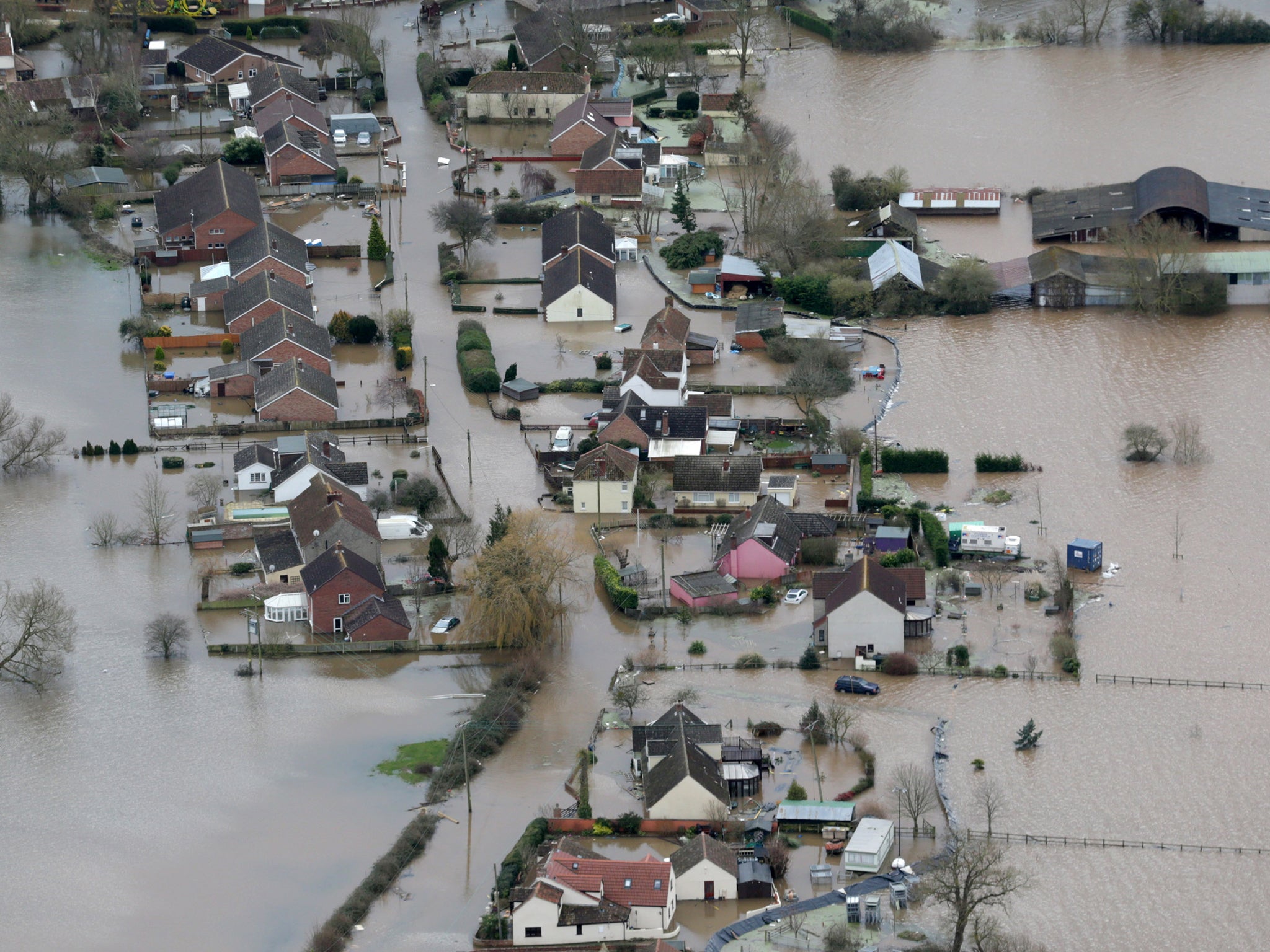UK flooding: Were the ‘lessons of 2014’ ever learnt?
As the last few days have proved, simply installing defences is not always enough to keep nature at bay

Your support helps us to tell the story
From reproductive rights to climate change to Big Tech, The Independent is on the ground when the story is developing. Whether it's investigating the financials of Elon Musk's pro-Trump PAC or producing our latest documentary, 'The A Word', which shines a light on the American women fighting for reproductive rights, we know how important it is to parse out the facts from the messaging.
At such a critical moment in US history, we need reporters on the ground. Your donation allows us to keep sending journalists to speak to both sides of the story.
The Independent is trusted by Americans across the entire political spectrum. And unlike many other quality news outlets, we choose not to lock Americans out of our reporting and analysis with paywalls. We believe quality journalism should be available to everyone, paid for by those who can afford it.
Your support makes all the difference.The sight of devastated Britons being evacuated from their homes and carried to safety by firefighters through waist-deep floodwater has become depressingly familiar in recent years. In February 2014, after a sodden winter which left 5,000 homes and businesses under water, David Cameron promised that “lessons will be learnt”. But has the Government really done all it can to keep the UK dry?
Not according to the Liberal Democrat leader Tim Farron, whose Cumbrian constituency of Westmoreland and Lonsdale has been severely affected by the recent floods. He has claimed that nearly 300 “low priority” flood defence schemes have been shelved by ministers in recent years – including a plan for the River Kent in Kendal, where police were attempting to recover the body of an elderly man believed to have been swept away to his death.
Mr Farron’s figures originate from documents released by the Environment Agency in 2012. They showed that 294 flood defence projects which had been earmarked for funding in 2010 had in fact received no money at all as the then Coalition Government sought to make savings.
The shelved schemes included a £58m project in Leeds, a £6m one in Thirsk, a £12m tidal barrier to protect Ipswich and a £325,000 plan for the River Kent. At the time, the Coalition justified the cuts by saying it had inherited a “massive debt problem” from Labour.
Given the current crisis in Cumbria and other parts of northern England, the decision to axe the projects does not look very wise to say the least. But Mr Farron’s data is rather out of date: since 2012, Britain has experienced further serious flooding and the Government has been compelled to act.
According to the Department for Environment, Food and Rural Affairs, investment in flood protection is currently at “record levels”, with £3.2bn being spent on flood management and defences over the course of the last Parliament. This represents an increase of £500m on the previous five years.
Whether or not the present floods could have been prevented by any of the shelved schemes is difficult to say for certain. Millions of pounds were spent after 2005’s devastating floods in Cumbria, but as the last few days have proved, simply installing defences is not always enough to keep nature at bay.
Join our commenting forum
Join thought-provoking conversations, follow other Independent readers and see their replies
Comments